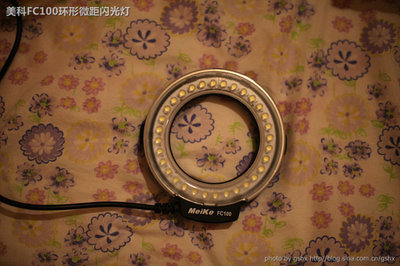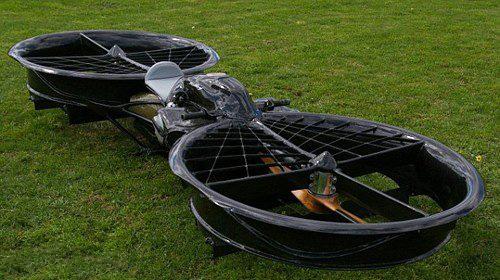美国加利福尼亚大学圣地亚哥分校一位纳米工程教授及其带领的团队近期研发了一款舒适、耐穿、时尚,而且可能有“救命”功能的男士内裤。据介绍,这款内裤的裤腰处用带有碳电极的墨印制了一个电子生物传感器,随时与皮肤接触,用以测量血压、心率以及其他重要的生命体征。这项研发成果是智能织物发展领域的一个突破,可以将医疗保健工作的主体从医院治疗转移到家庭看护。据悉,这个研发项目是由美国军方资助进行的,美国军队将成为这款“救命”内裤的首批受益者。除此之外,这项成果还可能用于配合个人化医疗,比如遥控监测家里的老人的心脏状况,在可能发生中风、糖尿病和其它生理情况改变时发出警告等。
A team of US scientists has designed some new men's briefs that may be comfortable, durable and even stylish but, unlike most underpants, may be able to save lives。
A team of US scientists has designed some new men's briefs that may be comfortable, durable and even stylish but, unlike most underpants, may be able to save lives。
Printed on the waistband and in constant contact with the skin is an electronic biosensor, designed to measure blood pressure, heart rate and other vital signs。
The technology, developed by nano-engineering professor Joseph Wang of University of California San Diego and his team, breaks new ground in the field of intelligent textiles and is part of shift in focus in healthcare from hospital-based treatment to home-based management。
The method is similar to conventional screen-printing although the ink contains carbon electrodes。
The project is being funded by the US military with American troops likely to be the first recipients。
"This specific project involves monitoring the injury of soldiers during battlefield surgery and the goal is to develop minimally invasive sensors that can locate, in the field, and identify the type of injury," Wang told Reuters Television。
Ultimately, the biosensor that detects an injury will also be able to direct the release of drugs to relieve pain and even treat the wound。
But the technology's range of application goes beyond the military。
"We envision all the trend of personalized medicine for remote monitoring of the elderly at home, monitoring a wide range of biomedical markers, like cardiac markers, alerting for any potential stroke, diabetic changes and other changes related to other biomedical scenario," said Wang。

Wearable biosensors can also provide valuable information to athletes or even measure blood alcohol levels。
But Wang said it could be some time before these smart underpants are worn by soldiers in the field as more work is needed to ensure these monitoring systems are robust and durable enough to cope with the wearer's daily activity。
However he said there are growing needs for developing reliable, wearable healthcare monitoring systems。
"While clothing-integrated electrochemical sensors hold considerable promise for future healthcare, military or sport applications, such non-invasive textile-based sensing requires proper attention to key challenges of sample delivery to the electrode surface and of sensor calibration and interconnection," Wang's team said in a report published in The Royal Society of Chemistry journal。
 爱华网
爱华网



